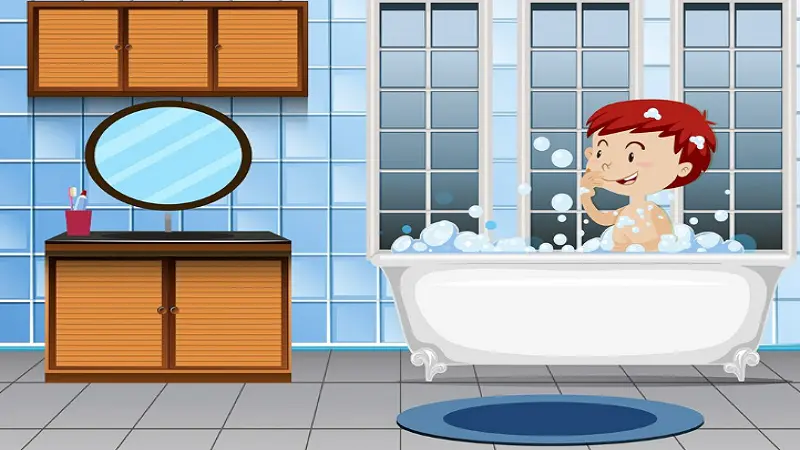Discovering that your toilet tank doesn’t fill when you flush it is annoying. The issue occurs more frequently than you can imagine and will have you guessing what might have been the cause of it. Despite the issue looking puzzling when you first realise it, fixing it is usually due to one or two typical causes. Knowing these reasons is easier to fix the problem and get your toilet back to how it was originally.
How the Toilet Tank Works
To fix and diagnose a leaky toilet refill, it’s useful to know how the tank works. There are certain devices inside the tank that control the water flow and enable you to have a good-quality flush. There is the flapper, of course, first, which will open when you flush and let water flow into the bowl. And then the fill valve, which replenishes the tank after a flush. Then there is the float that monitors the water level and shuts off the fill valve to prevent overflows. Refilling issues might occur if any one of these components fails or deteriorates.
Common Causes of Refilling Problems
Troubles with the Flapper
A faulty flapper is also one of the top most usual causes of tanks that will not fill. Flappers deteriorate or lose the ability to seal over a period and will permit water to rush in endlessly into the bowl instead of into the tank to fill it. Or, if incorrectly put over the flush valve, the system won’t function.
Fill Valve Malfunctions
The fill valve regulates the amount of water that enters the tank. Over time, mineral buildup or sediment in your water line can clog the valve so that it will not refill the tank. Also, mechanical failure within the valve itself is a common phenomenon, especially with the older valves, which can be replaced in the long term.
Float Issues
The float helps maintain your water level in your toilet tank. If your float is broken or lost, it will impede the operation of the fill valve. For instance, if your float is jammed up, the valve will shut down too soon, so the tank will run dry. Float faults can also result from physical damage or installation issues.
Troubleshooting Steps
Checking and Replacing the Flapper
Start by inspecting the flapper inside the tank. Look for wear, cracking, or bending that will prevent it from sealing properly. If the flapper is broken, replace it. Flapper replacements are cheap and easily available in hardware stores. Install the new flapper with proper tightness on the flush valve to create a good seal.
Adjusting or Replacing the Fill Valve
If the problem is with the fill valve, start by checking for obvious dirt or mineral deposits. Clean the valve by turning off the water supply, unscrewing the valve cap, and flushing it in running water. If cleaning will not be sufficient to solve the problem, replacement will be required. New fill valves come with the option of installing them yourself without requiring professional tools.
Verification and Repair of Float Position
Check the position and function of the float. If it is clearly jammed or out of alignment, try to align it with the screw or clip that is typically on the valve. The float mechanism, if damaged, can be replaced. Realign or replace the float so that it operates freely and maintains the correct water level to prevent other issues.
When to Call a Plumber
If you have tried these troubleshooting steps and your toilet still isn’t refilling properly, perhaps it’s time to call a plumber like J.O Plumbing near Ashwood. A number of issues could indicate more complicated problems in your plumbing system that can only be addressed by the professional services of a plumber. Calling a plumber ensures that the issue is diagnosed and repaired without further ado, causing you fewer headaches and wasted time.
By understanding how the components of your toilet operate and by going through these steps to repair, you can generally resolve filling issues on your own. If in doubt, getting a professional to do it is always the safest bet for long-term peace of mind.



